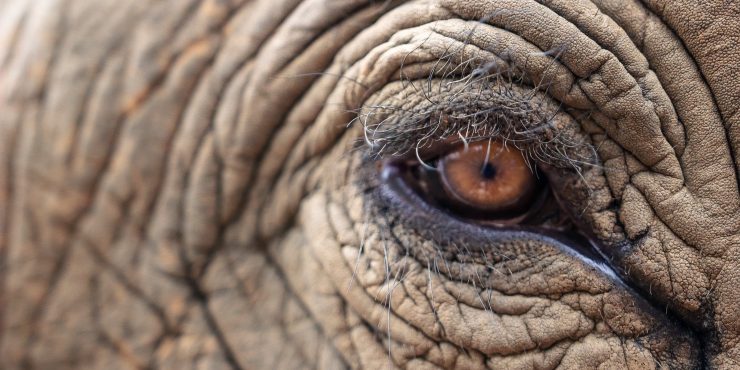what it means for me to be me
Goals
To critically assess …
- The balance between pleasure and danger
- How each generation evolves its own private language
- Whether identity is more related to parts or history
- Whether existence requires perception, even internally
- Whether solipsism is essentially narcissism
- The connection between dream state and wake state
Juice Trust Us

( and come out to play )
I blew my jeans to smithereens, with my Gilbert chemistry set.
Drank dandelion wine one page at a time; childhood ends when we forget.
Pie tins glide and water slides. Don’t have to ask, we’re all in.
Sugar and Spikes riding bikes, turned into ground-dirt bumpkins.
Life really blooms come early June, raised in the shadow of each other.
When family extends to all our friends, the season of life is summer.
What do you Think?
- Under the sun of summer, playing together, are all children one family? Pop-culture references set the verse in the time of Boomer youth. It was a time when chemistry sets could blow stuff up. It was an era of BB guns, firecrackers, and lawn darts. Was it more fun then or a dangerous era?
- There are references to two novels. Childhood’s End (Arthur C. Clarke, 1953) and Dandelion Wine (Ray Bradbury, 1957). There is also a reference to a comic book, Sugar and Spike (DC Comics, 1956 to 1971). Sugar and Spike are infants with a private language that adults cannot understand. Does that describe Boomers or is it more fitting for the youth of today?
True Wheeler

I picked out a new blue bike—yes, that’s the one! Butterfly handlebars, banana seat and I’m done.
Then we went riding. Your ol’ red racer won. So we traded handlebars, slipping rusty ones on.
It’s still my bike. It always was. Or so it feels to me. Solid blue, but for the bars, rollin’ down the back alley.
This time, I’m first. Again we swap. Seats switch easily. Still my bike is new and blue. Well, mostly in the chassis.
At dusk the riding’s done and all the trading through. At which point I ride a bike completely red, not blue.
Does this two-wheeler belong to me—or maybe you? Yours was red at dawn and mine was still brand new.
What do you Think?
- Is identity related more to composition (my parts) or to continuity (my history)? In the ‘Ship of Theseus’ thought experiment, parts of a ship are replaced until none of the original ship remains. Is ‘True Wheeler’ a variation of ‘Ship of Theseus?’
- If I change my name, do I have a new identity? If a headache goes away while I watch a movie then comes back — is it the same headache?
Vat Brain

How do you know you’re not a brain in a jar, stimulated to think that you are who you are?
Or maybe this world isn’t all that it seems. A sequence of events in a most vivid dream.
Or you’re an android with implanted memories. Or I’m a solipsist and the world’s illusionary.
The vat brain, drug dream, and robot recall share something similar and common to all.
That there is a world outside of the mind, albeit distorted by how one’s designed.
Whether I can discern if my life is induced, a brain or some body must still be produced.
So I’m really sorry if you’re a brain in a vat. Your experiences, to you, seem to be fact.
Likewise, if dreaming or drugged or a droid, the truth is out there though your truth is void.
From each of these cases a singular inference: all are distinctions; none makes a difference.
The solipsist, however, is a misunderstanding of how the mind started, kept on expanding.
Similar bits started acting in harmony. Represent internally, responding externally.
So as the world is what awareness affirms: conscious solipsist is a contradiction in terms.
What do you Think?
- If we and the world evolved together, could there even be a solipsist? Is a solipsist a narcissist?
- Do vivid dreams and false dreams suggest this world isn’t what it seems?



